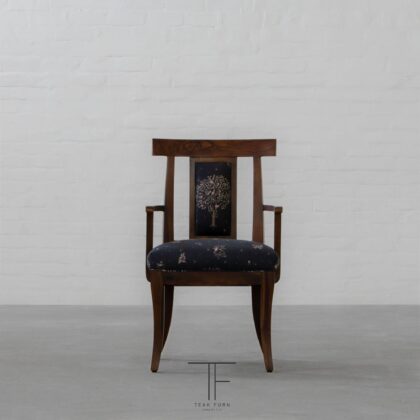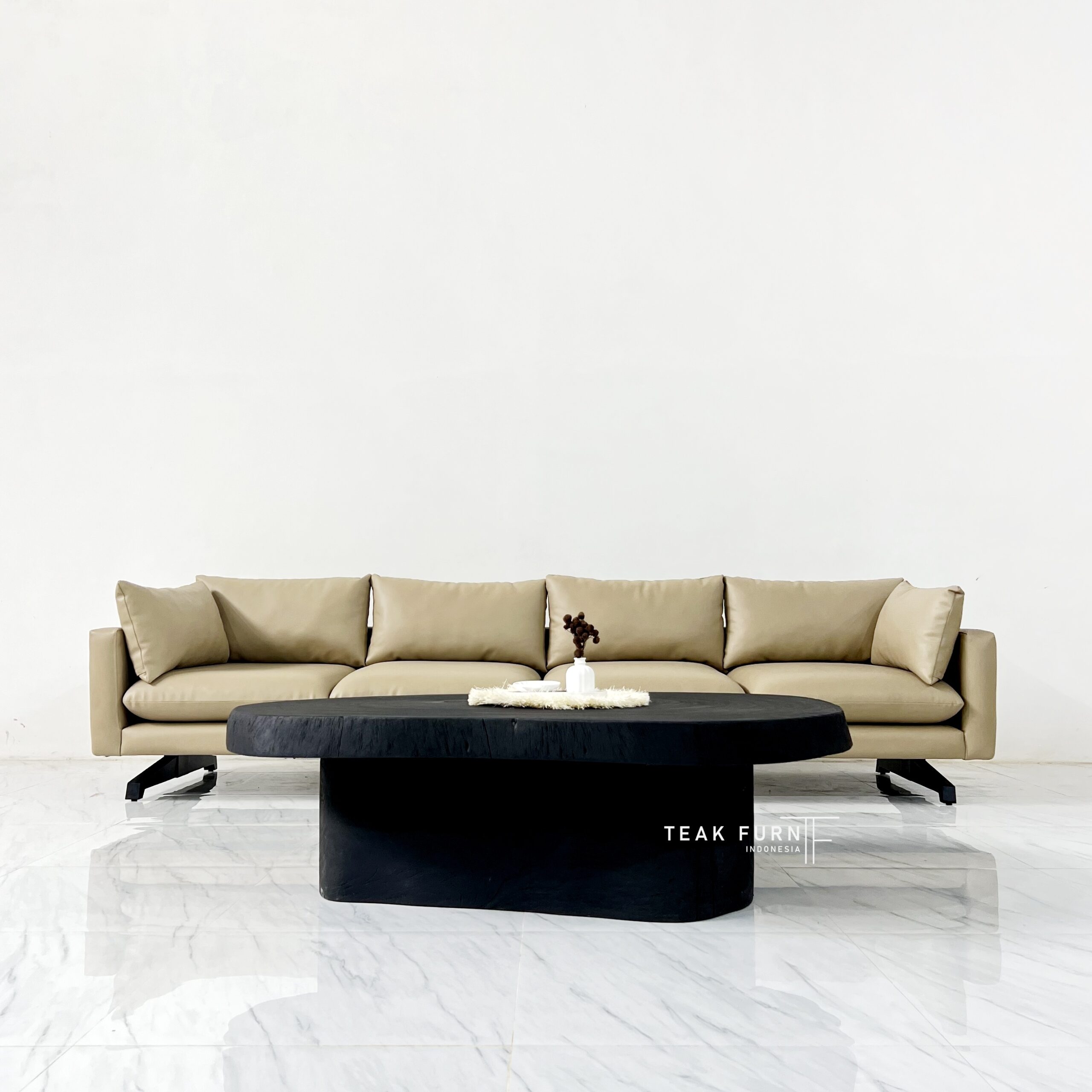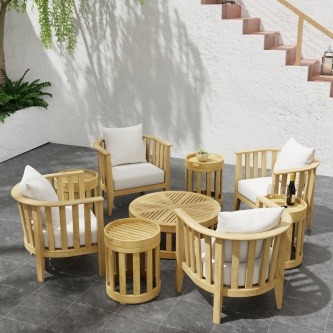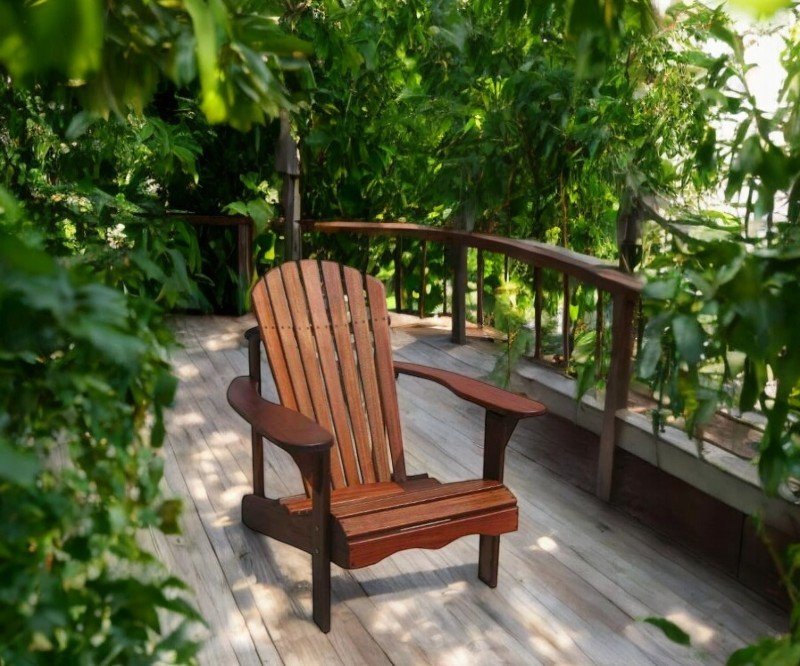Jepara has long been renowned for its high-quality wooden furniture production. Since colonial times, Jepara has established itself as one of the largest furniture manufacturers in Indonesia and even globally. Jepara furniture is known for its superior quality, elegant designs, and meticulous craftsmanship. In recent years, Jepara’s furniture has successfully penetrated global markets, and demand for these products continues to rise.
Unlock the secrets behind Jepara furniture pricing guide. Discover the 5 crucial factors that influence the cost of these handcrafted, luxury pieces. From material selection to intricate designs, learn what to expect when investing in Jepara’s world-renowned craftsmanship. Whether you’re a first-time buyer or a seasoned collector, this guide will help you understand the true value of Jepara furniture.
The Quality and Uniqueness of Jepara Furniture

Jepara furniture is highly regarded for its intricate wood carvings and the use of premium materials such as teak, mahogany, and pine. The skills of Jepara artisans in crafting wood into exquisite works of art are a significant draw for international markets. Jepara’s carving expertise has become a symbol of the beauty and cultural heritage of Indonesia, which is reflected in the products.
The furniture designs offered by Jepara artisans are diverse, ranging from classic, traditional styles to modern minimalist designs. This wide variety makes Jepara furniture adaptable to different global markets, whether in Europe, America, the Middle East, or Asia. As a result, Jepara furniture holds broad appeal in international markets.
Factors Influencing Jepara Furniture Prices in the Global Market

The price of Jepara furniture is influenced by several factors related to the quality of materials, design, production processes, and shipping costs. In the global market, the price is not solely determined by production costs but also by market demand and currency fluctuations.
- Quality of Raw Materials The use of teak wood as a primary material often drives up the price of Jepara furniture. Teak is well-known for its durability and high quality, making it a more expensive material compared to other types of wood. Mahogany, often used for classic and elegant furniture designs, also contributes to higher prices. The cost of these raw materials significantly impacts the final price of Jepara furniture, especially for premium pieces.
- Craftsmanship and Production Process Jepara furniture is famous for its intricate craftsmanship, with hand-carved details requiring time and skill. The more complex and detailed the design, the higher the production cost. This means that prices can vary widely based on the intricacy of the design and the level of expertise required. As a result, high-end Jepara furniture with detailed carvings often commands a premium price.
- Demand and Target Markets The price of Jepara furniture is also influenced by demand in different export markets. Countries in Europe and the United States are major markets for Jepara furniture due to their preference for classic and elegant designs that align well with their lifestyles. In contrast, Asian markets such as Japan and South Korea may prefer minimalist designs, which also affect pricing strategies.
- Shipping and Logistics Costs Since Jepara furniture is produced in Indonesia and exported worldwide, shipping costs are an important factor in the final price. Long-distance shipping requires careful handling to prevent damage, and this adds to the overall expense. Additionally, customs duties and import taxes in destination countries can also affect the price of Jepara furniture in international markets.
- Currency Exchange Fluctuations Given that Jepara furniture is exported in foreign currencies, fluctuations in the exchange rate between the Indonesian rupiah and major currencies like the US dollar, euro, or other local currencies can impact pricing. If the rupiah weakens, the price of Jepara furniture in foreign markets may increase, and vice versa.
Price Range of Jepara Furniture in the Global Market
Jepara furniture prices vary significantly depending on the type and quality of the product. For instance, furniture made from teak wood with intricate carvings can range from hundreds to thousands of US dollars per unit. A carved dining table could be priced anywhere from $500 to $3,000, while a finely detailed wardrobe could be sold for $1,000 to $5,000 or more.
For simpler furniture or modern designs, prices tend to be more affordable, ranging from $100 to $500 per unit. For example, chairs or tables with minimalist designs and made from mahogany or pine could be priced more competitively, while still maintaining a high standard of quality and aesthetic appeal.
Global Market Prospects and Challenges
As demand for high-quality furniture continues to rise globally, the prospects for Jepara’s furniture industry look promising. Jepara has proven its ability to adapt to modern design trends while maintaining its traditional craftsmanship. However, challenges such as rising production costs and increasing global competition must be addressed. To remain competitive, Jepara furniture manufacturers must continue to innovate in design and production techniques, as well as optimize their distribution and logistics to keep prices affordable in the global market.
Conclusion
Jepara furniture is highly sought after in the global market due to its excellent quality, unique designs, and the artistry of its craftsmen. The prices of Jepara furniture are influenced by factors such as raw material quality, production process, market demand, and shipping costs. While prices can vary, Jepara’s furniture remains a top choice for consumers seeking high-quality, beautifully crafted pieces. With growing global demand, Jepara’s furniture industry is set to expand even further, making its mark in international markets.



